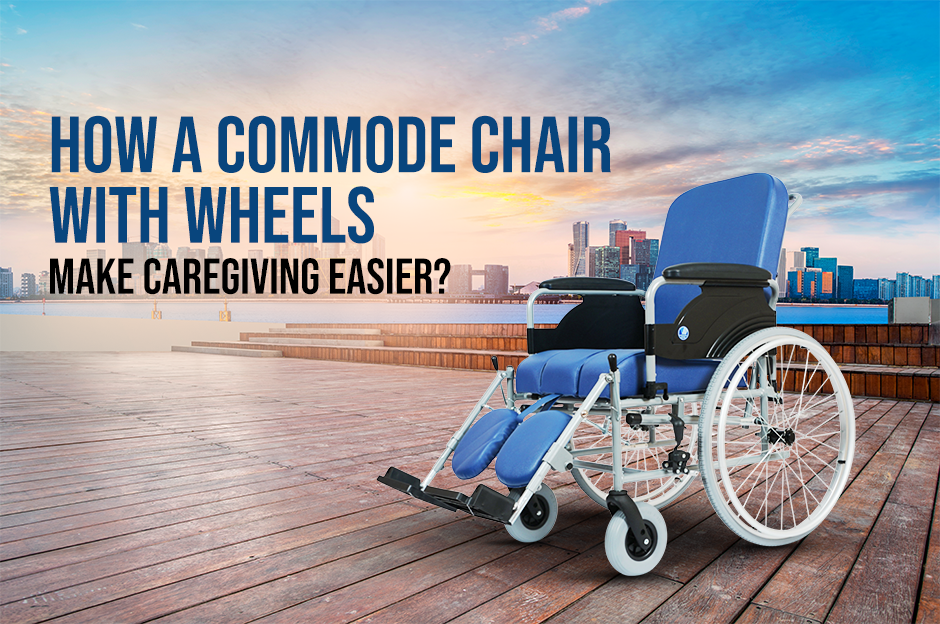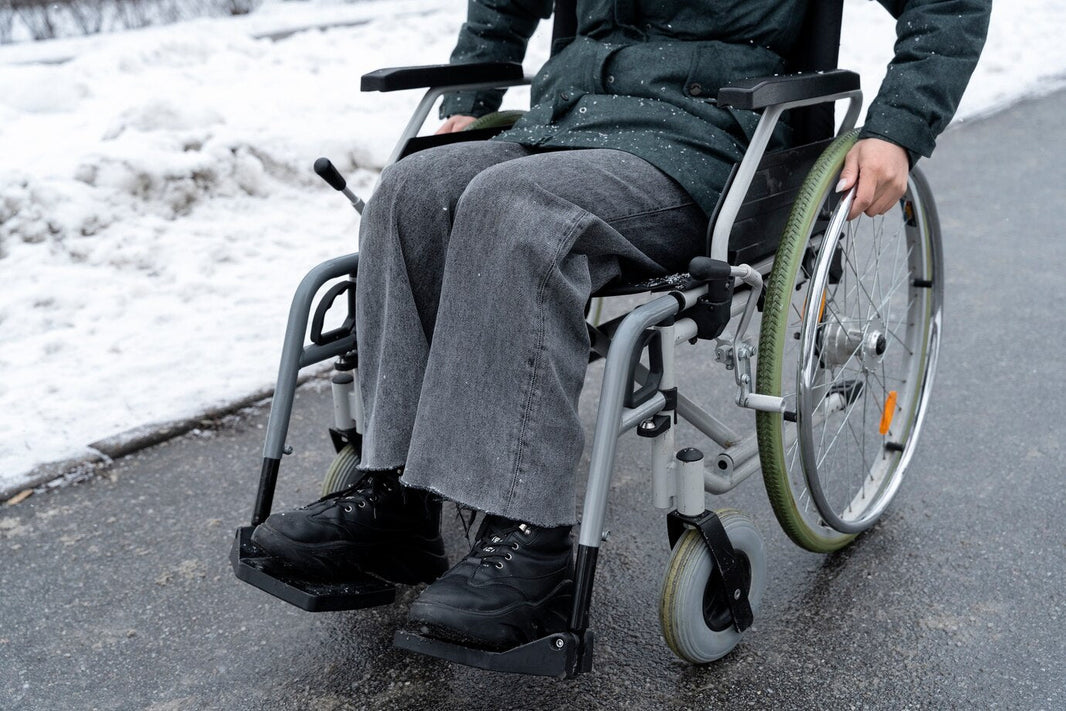For those who rely on mobility aids, a wheelchair isn’t just a piece of equipment—it’s a gateway to freedom. But not all wheelchairs are built the same. If you or a loved one has ever struggled with heavy, bulky models that make moving around a challenge, then you’ll understand just how transformative a lightweight wheelchair can be.
Let’s talk about how switching to a lighter model doesn’t just make life easier—it improves confidence, independence, and overall quality of life.
The Struggles of a Heavy Wheelchair
Imagine trying to navigate through a busy market or a narrow hallway with a wheelchair that feels more like gym equipment. Every push feels heavier. Lifting it into a car? A mini workout. Even simple tasks—like moving from one room to another—can become physically and emotionally draining.
This is a common story for many people. Heavier wheelchairs often limit spontaneity. You might think twice about going on a short outing or avoid travel altogether. Slowly, your world starts to shrink. And that’s where a lightweight wheelchair can make a real difference.
What Makes a Lightweight Wheelchair Different?
A lightweight wheelchair typically weighs between 13 to 17 kilograms (some even less), compared to standard models that can weigh over 20 kg. But the benefits go beyond the numbers:
-
Ease of Transport: Lightweight frames make it easier to load into a car or carry upstairs.
-
Better Maneuverability: They’re easier to steer and control, both indoors and outdoors.
-
Less Strain on the User and Caregiver: Whether you’re self-propelling or getting assistance, moving around takes less effort.
And here’s the thing: when the chair moves better, the person using it feels better.
Gaining Back Independence
One of the biggest mental and emotional impacts of a lightweight wheelchair is the return of independence. You’re no longer relying on others as much—whether it's for errands, social outings, or doctor visits.
-
Daily tasks become doable: From cooking in the kitchen to reaching the bookshelf, maneuvering becomes more fluid.
-
Public spaces are less intimidating: Narrow doorways, ramps, and tight corners are easier to tackle.
-
Travel becomes possible again: Many lightweight models fold easily and fit in car trunks, taxis, and even airline overhead compartments.
This kind of independence doesn’t just make life easier—it boosts self-esteem and brings back a sense of normalcy.
Confidence Through Comfort
Comfort might not be the first thing that comes to mind when you think of a wheelchair, but it plays a big role in long-term use. Lightweight wheelchairs today are designed with ergonomics in mind.
You’ll find features like:
-
Cushioned seating
-
Breathable backrests
-
Adjustable footrests and arm supports
When you’re comfortable, you’re more likely to go out, stay active, and enjoy life. And that builds confidence—one outing at a time.
A Boon for Caregivers Too
It’s not just the user who benefits. Caregivers also experience a noticeable difference when assisting someone in a lightweight wheelchair.
-
Lifting and loading is easier: Less back strain, fewer injuries.
-
Quicker response time: Whether it’s helping someone into a car or moving through a busy sidewalk, everything happens faster and with less effort.
-
Less fatigue overall: Which makes for a more patient, present, and positive caregiver.
It’s a win-win situation all around.
Who Should Consider a Lightweight Wheelchair?
Not everyone needs a lightweight wheelchair—but if you’re someone who values flexibility, independence, and ease of movement, it’s worth exploring.
Here are a few groups who benefit most:
-
Seniors who want to maintain their mobility without relying too heavily on others.
-
Active individuals recovering from surgeries or injuries who need short-term support.
-
Travellers who need a portable and convenient solution for vacations or business trips.
-
Urban dwellers navigating tight spaces and public transport.
Even for home use, a lightweight model can make everyday mobility smoother and less stressful.
Choosing the Right Wheelchair
When selecting a lightweight wheelchair, consider the following:
-
Folding mechanism: Some fold side-to-side, others front-to-back. Choose one that suits your storage and transport needs.
-
Seat size and cushioning: Comfort is key for long-term use.
-
Material: Aluminum frames are popular for being both light and durable.
-
Weight capacity: Make sure the wheelchair suits the user’s body type and lifestyle.
A little research goes a long way in finding a chair that fits like a glove.
Final Thoughts: Small Shift, Big Impact
A lightweight wheelchair may not look very different at first glance. But once you start using one, the change is undeniable. Less physical strain, more freedom, and a better quality of life—it’s like moving from a pushy assistant to a supportive partner in mobility.
Whether you’re buying for yourself or a loved one, consider it an investment not just in movement, but in life itself. Because when getting around becomes easier, everything else follows.






